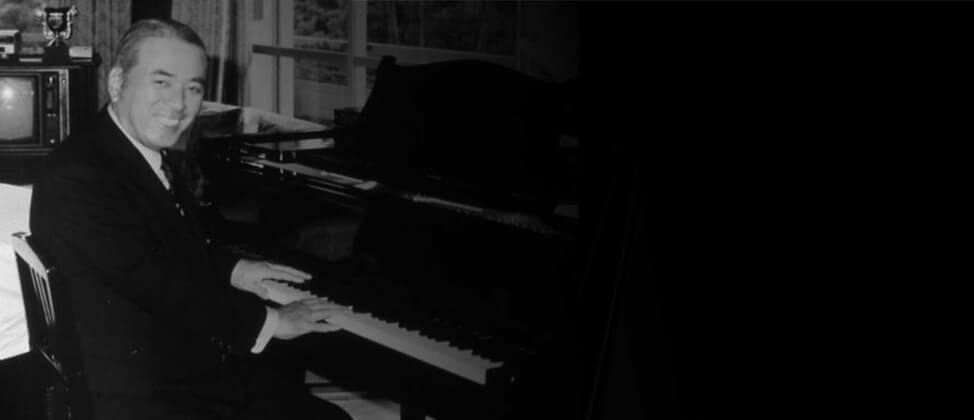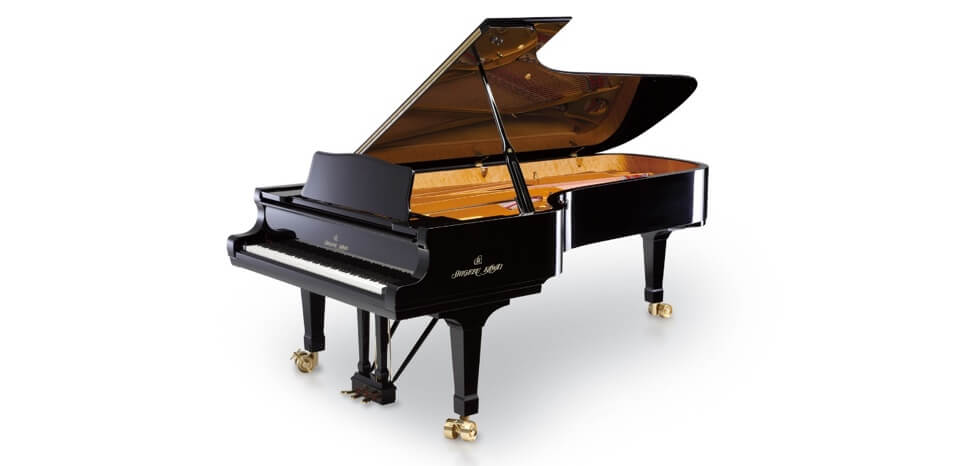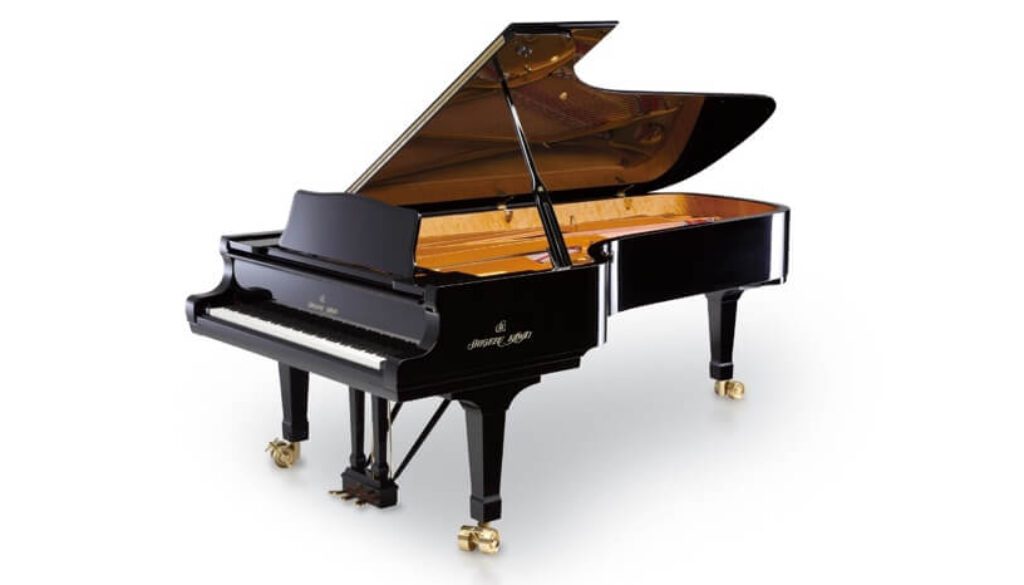Shigeru Kawai Pianos

Koichi Kawai, the father of Shigeru Kawai, was known as Koichi the Inventor, an innovative genius who was revered as the first person in Japan to design and build a complete piano action. In later life, Koichi would receive the coveted “Blue Ribbon Medal” from the Emperor of Japan for his accomplishments.
Shigeru Kawai succeeded his father as company president after the passing of his father in 1955. Shigeru vowed to uphold his father’s high standards, and energetically supported the love of music and pushed for technological advancements. In 1980, he was responsible for creating a renowned piano factory, the most modern of its kind, called Ryuyo Grand Piano Factory. A place now known as the Shigeru Kawai Research & Development Laboratory, a quiet retreat away from the factory was used to create the defining symbol of his legacy, the Shigeru Kawai Grand Piano.

Shigeru Kawai was born on July 28, 1922 in the Shizuoka Prefecture of Japan. He entered the piano business in 1946 and spent his early years learning the piano building process as a regular worker. He put in long hours in the manufacturing area, sometimes sleeping overnight in the factory, dedicated to the craft. In later life he said, “Creating pianos was the greatest job I ever had!”
After three years of training in all areas of the piano building process, Shigeru began the next important phase of his apprenticeship—studying the art of piano design from his father,
Who used the “methods of origin” by which pianos are built entirely by hand, striving to build the finest ones in the world.”
At his father’s passing in 1955, Shigeru was only 33 years old, but proved to be a visionary. He launched the Kawai Concert Series to introduce western music to the Japanese people and built scores of Kawai Music Schools across Japan, founding a teachers’ institute to train staff for those schools. Concurrently, he established the Kawai Technical Institute to provide the technicians needed to care for pianos at home and abroad. By the 1970s, he had taken Kawai pianos to over 80 countries around the globe.

His major contribution, the Shigeru Kawai Research and Development Laboratory at Ryuyo stands as a tribute to the founder’s vision of continual excellence and is staffed by Master Piano Artisans dedicated to the never-ending advancement of the piano art form.
After over 50 years of labor, Shigeru desired to leave a personal legacy to the piano world. In the year 2000, he introduced the unique line of instruments that bore his name, Shigeru Kawai Grand Pianos. While the use of one’s first and last name used in this way is extremely rare in Japan he wanted them to be enduring symbols of his passion for the piano and his lifelong commitment to building the finest pianos in the world.
The Shigeru Kawai line of grands represents Kawai’s ultimate effort to produce a world-class piano. The limited-edition (fewer than 300 per year) Shigeru Kawai grands are made at the separate facility where Kawai’s EX concert grand pianos are built and puts them in the class of the best piano brands of the world.

Although based on the Kawai RX designs, the Shigeru Kawai models are “hand made” in the extreme. Very high-grade soundboard spruce is air-dried for multiple years, then planed by hand by a worker who knocks on the wood and listens for the optimum tonal response. Ribs are also hand-planed for correct stiffness. String bearing is set in the traditional manner by planing the bridges by hand instead of having pre-cut bridges pinned by machine. Bass strings are wound by hand instead of by machine. Hammers are hand-pressed without heat for a wider voicing range, and the hammer weights are carefully controlled for even touch. Hammer shanks are thinned along the bottom so that their stiffness is matched to the hammer mass. These procedures represent a level of detail relatively few manufacturers indulge in.
In 2012, Kawai updated the Shigeru Kawai grands, changing the cabinet styling and some of the pianos’ construction features. The inside of the rim is now finished with bird’s-eye maple veneer, and the round legs have been changed to straight legs with brass trim. The rim itself is now made of alternating layers of rock maple and mahogany, which Kawai says provides more power without losing warmth in the tone. The structure at the front of the piano has been made stronger, and the beams underneath are now made from spruce instead of the laminated mahogany Kawai uses in its other models. The keys have been lengthened for a better touch, especially on the smaller models.
Each buyer of a Shigeru Kawai piano receives a visit within the first year by a Kawai master technician from the factory in Japan. These are the same factory technicians who do the final installation of actions in pianos, as well as the final voicing and regulation. According to those who have watched them work, these Japanese master technicians are amazingly skilled.
It was Shigeru Kawai’s desire to pay lasting tribute to all who have entered into his personal legacy. In fulfillment of this dream, the name of every Shigeru piano owner since inception is respectfully enshrined in the Shigeru Kawai “Wall of Honor” in Hamamatsu, Japan.

The company is strongly involved in protection of the planet. In 1997, the Ryuyo Grand Piano Factory became the first in the industry to receive ISO14001, the world’s most prestigious certification for excellence in environmental management. Work groups continuously monitor and improve emissions and waste control, green procurement, and a host of other energy conservation and environmental protection measures. The Kawai Forest Project has already planted over 350,000 seedlings with a goal to have over 500,000 new trees planted by the end of the decade, to replace the trees used for piano building.
Because the Shigeru Kawai pianos have been on the market only since 2000 and in very limited quantities, many piano technicians have yet to service one. Those who have, however, tend to rank them among the world’s finest instruments, and Shigeru Kawai pianos are often chosen by pianists participating in international piano competitions.
Warranty: Kawai and Shigeru Kawai — 10 years, parts and labor, transferable to future owners within the warranty period.

